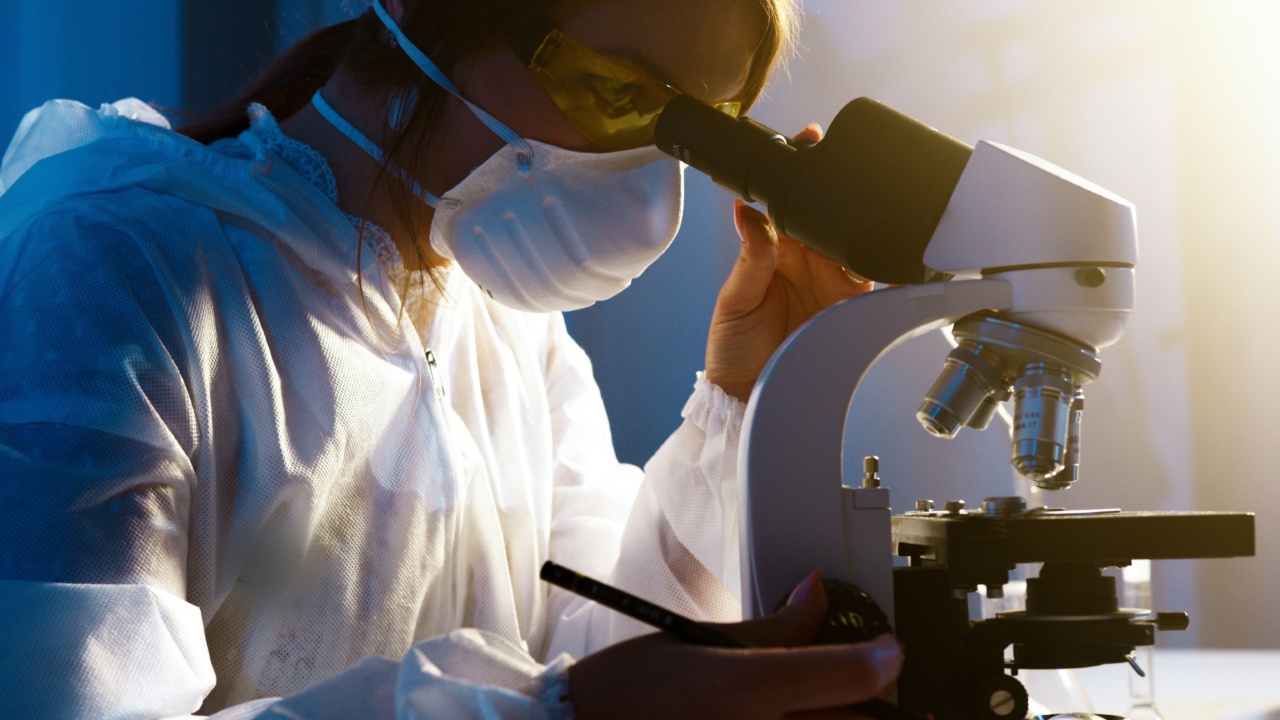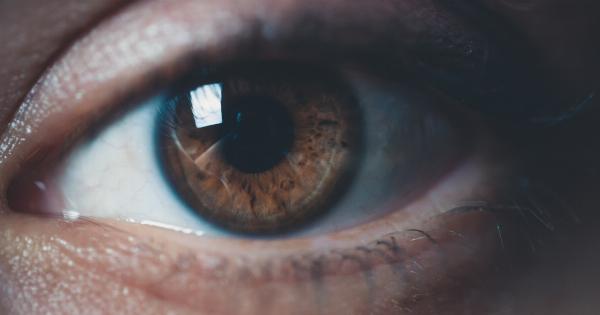For many diabetes patients, the risk of visual impairment is a constant concern. Diabetic retinopathy is a serious complication of diabetes that can lead to blindness if left untreated.
However, a recent discovery by researchers at the Indiana University School of Optometry may hold the key to preserving diabetics’ visual health.
Understanding Diabetic Retinopathy
Diabetic retinopathy is caused by damage to the blood vessels in the retina. High blood glucose levels can cause blood vessels to swell and leak, leading to vision problems.
Over time, this damage can cause new blood vessels to form in the retina, which can also cause vision loss.
According to the American Diabetes Association, diabetic retinopathy affects around 28% of people with diabetes over the age of 40. In advanced stages, it can lead to blindness.
The Revolutionary Discovery
The Indiana University School of Optometry researchers found that a protein called GAS6 could be used to prevent the development of new blood vessels in the retina. GAS6 is naturally produced in the body and helps to control cell growth and survival.
The study, which was published in the journal Science Signaling, found that when GAS6 was introduced into the eyes of mice with diabetes, it prevented the development of new blood vessels in the retina without affecting existing blood vessels.
What Does This Mean for Diabetic Patients?
The discovery of GAS6 has the potential to revolutionize the treatment of diabetic retinopathy. Currently, treatments for the condition focus on managing existing blood vessels and preventing further damage.
However, these treatments do not address the root cause of the problem- the development of new blood vessels.
If further studies show that GAS6 is effective in humans, it could be used to prevent diabetic retinopathy from developing in the first place. This could help to prevent blindness in millions of diabetes patients worldwide.
What’s Next?
The next step for researchers is to conduct clinical trials to determine if GAS6 can be used to prevent diabetic retinopathy in humans. If the trials are successful, it could be a game-changer for diabetes treatment.
While GAS6 is an exciting discovery, it is important to note that it is still in the early stages of development. It could be several years before it is available as a treatment for diabetic retinopathy.
Conclusion
The discovery of GAS6 is an exciting development in the treatment of diabetic retinopathy. While there is still a long way to go before it is available for human use, it represents a significant step forward in our understanding of the condition.
If successful, GAS6 could help to prevent blindness in millions of diabetes patients worldwide. It is an exciting time for diabetes research, and we look forward to seeing what the future holds.






















